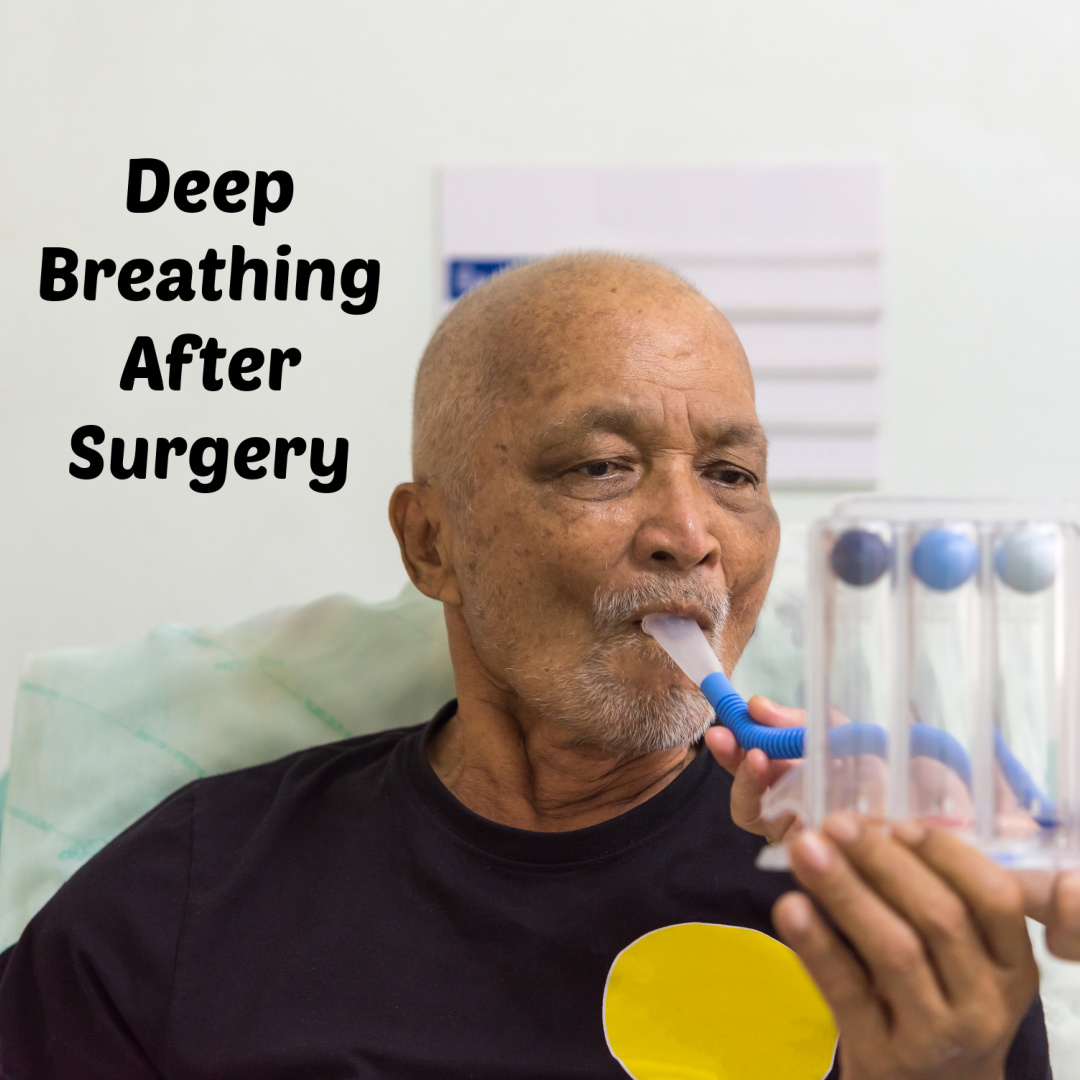Deep breathing after surgery is a crucial component of the recovery process. It has been shown to improve lung function, reduce the risk of postoperative complications, such as pneumonia and risk of pulmonary embolisms, and promote overall health.
Deep breathing exercises help restore normal lung function and capacity after surgery. They help in expanding the lungs, improving oxygenation, and clearing secretions, thus reducing the risk of postoperative complications like atelectasis (lung collapse) and pneumonia (1).
Practicing deep breathing exercises after surgery can minimize the risk of postoperative complications. These exercises help clear secretions, reduce inflammation, and improve the overall recovery process (2). Deep breathing exercises increase oxygen levels in the blood, which helps enhance circulation and tissue oxygenation. This is essential for postoperative healing and reducing the risk of complications, such as wound infections and tissue breakdown (3).
Most importantly, deep breathing can help manage postoperative pain and anxiety. By promoting relaxation and reducing stress, patients can experience improved emotional well-being and a more comfortable recovery (4).
Deep Breathing Techniques
There are several deep breathing techniques that can be practiced after surgery. Two common methods are diaphragmatic breathing and incentive spirometry. It is essential to consult with your healthcare provider or physical therapist to determine the most suitable technique for your specific surgical procedure and recovery plan.
Incorporating deep breathing exercises after surgery can significantly improve the recovery process, reduce postoperative complications, and enhance overall well-being. By practicing these techniques, patients can achieve optimal lung function, circulation, and emotional health, ensuring a smoother and more comfortable recovery.
**For more information regarding affordable weight loss surgery, please visit www.beliteweight.com or contact us directly (800) 215-6497 and we'll be happy to help you.
(1) Lawrence, V. A., Cornell, J. E., & Smetana, G. W. (2006). Strategies to reduce postoperative pulmonary complications after noncardiothoracic surgery: Systematic review for the American College of Physicians. Annals of Internal Medicine, 144(8), 596-608. Link
(2) Overend, T. J., Anderson, C. M., Lucy, S. D., Bhatia, C., Jonsson, B. I., & Timmermans, C. (2001). The effect of incentive spirometry on postoperative pulmonary complications: A systematic review. Chest, 120(3), 971-978. Link
(3) Schneider, A. M., Schwalenberg, T., & Petzke, F. (2009). Respiratory exercises in the prevention of postoperative complications after upper abdominal surgery: A systematic review. Physiotherapy, 95(3), 179-187. Link
(4) Sugawara, K., Takayama, T., & Yokoyama, Y. (2016). Effects of breathing exercises on postoperative pulmonary function and atelectasis after upper abdominal surgery. Journal of Physical Therapy Science, 28(3), 759-764. Link





